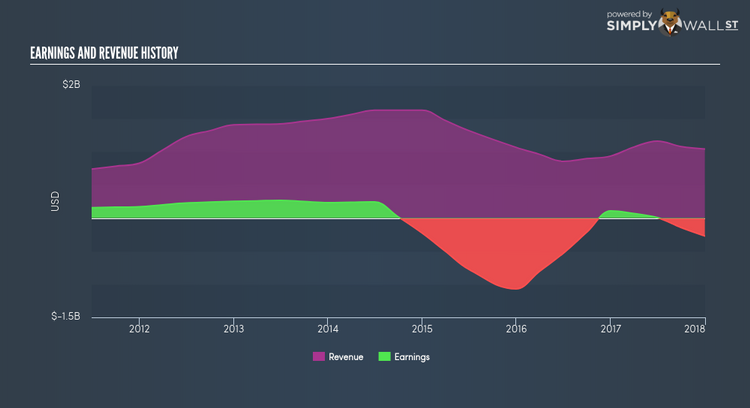Premier Oil plc (LON:PMO): What Does It Mean For Your Portfolio?

If you are looking to invest in Premier Oil plc’s (LSE:PMO), or currently own the stock, then you need to understand its beta in order to understand how it can affect the risk of your portfolio. The beta measures PMO’s exposure to the wider market risk, which reflects changes in economic and political factors. Not every stock is exposed to the same level of market risk, and the market as a whole represents a beta of one. A stock with a beta greater than one is considered more sensitive to market-wide shocks compared to a stock that trades below the value of one.
Check out our latest analysis for Premier Oil
An interpretation of PMO’s beta
Premier Oil’s five-year beta of 2.47 means that the company’s value will swing up by more than the market during prosperous times, but also drop down by more in times of downturns. This level of volatility indicates bigger risk for investors who passively invest in the stock market index. According to this value of beta, PMO can help magnify your portfolio return, especially if it is predominantly made up of low-beta stocks. If the market is going up, a higher exposure to the upside from a high-beta stock can push up your portfolio return.
Does PMO’s size and industry impact the expected beta?
A market capitalisation of UK£854.82M puts PMO in the category of small-cap stocks, which tends to possess higher beta than larger companies. Moreover, PMO’s industry, oil and gas, is considered to be cyclical, which means it is more volatile than the market over the economic cycle. As a result, we should expect higher beta for small-cap stocks in a cyclical industry compared to larger stocks in a defensive industry. This supports our interpretation of PMO’s beta value discussed above. Fundamental factors can also drive the cyclicality of the stock, which we will take a look at next.
Is PMO’s cost structure indicative of a high beta?
An asset-heavy company tends to have a higher beta because the risk associated with running fixed assets during a downturn is highly expensive. I examine PMO’s ratio of fixed assets to total assets to see whether the company is highly exposed to the risk of this type of constraint. Given a fixed to total assets ratio of over 30%, PMO seems to be a company which invests a big chunk of its capital on assets that cannot be scaled down on short-notice. As a result, this aspect of PMO indicates a higher beta than a similar size company with a lower portion of fixed assets on their balance sheet. Similarly, PMO’s beta value conveys the same message.
What this means for you:
You could benefit from higher returns from PMO during times of economic growth. Its higher fixed cost isn’t a major concern given margins are covered with high consumer demand. Though, in times of a downturn, it may be safe to look at a more defensive stock which can cushion the impact of lower demand. What I have not mentioned in my article here are important company-specific fundamentals such as Premier Oil’s financial health and performance track record. I urge you to complete your research by taking a look at the following:
Future Outlook: What are well-informed industry analysts predicting for PMO’s future growth? Take a look at our free research report of analyst consensus for PMO’s outlook.
Past Track Record: Has PMO been consistently performing well irrespective of the ups and downs in the market? Go into more detail in the past performance analysis and take a look at the free visual representations of PMO’s historicals for more clarity.
Other High-Performing Stocks: Are there other stocks that provide better prospects with proven track records? Explore our free list of these great stocks here.
To help readers see pass the short term volatility of the financial market, we aim to bring you a long-term focused research analysis purely driven by fundamental data. Note that our analysis does not factor in the latest price sensitive company announcements.
The author is an independent contributor and at the time of publication had no position in the stocks mentioned.

 Yahoo Finance
Yahoo Finance 
